
views
Using a Helium Tank

Determine how much helium you’ll need. Multiply the amount of cubic feet of helium required for your balloon size by the amount of balloons you want to fill. Since there are various balloon sizes and helium tank sizes, you may want to consult an online chart to figure out the tank size you want. For example, a standard-sized balloon, eleven inches in size, requires .50 cu. ft. of helium. A 50 cu. ft. helium tank can therefore fill 100 eleven-inch balloons, because .50 (amount of cu. ft. required per balloon) x 100 (amount of balloons desired) = 50 (size of tank in cu. ft.).
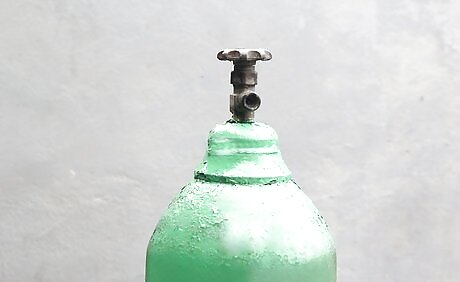
Obtain a helium tank. You can buy these or rent them from party supply stores. If you will be blowing up lots of helium balloons often, consider buying one. But if this is a one-time thing, rent one instead. Party stores typically offer helium tanks you can rent for up to three days. You may be able to negotiate a longer time frame, or you could simply go to one of the stores which offer longer-term rentals. Purchasing a tank with between eight and fourteen cubic feet of helium in it costs around $40 to $60. Renting a helium tank ranges from about $25 for 14 cubic feet of helium up to a little over $200 for 291 cubic feet of helium (enough to fill about 525 eleven-inch balloons). Return the item to the store by the time agreed upon when you rented it, so that you don’t get charged an extra fee. A safety deposit may be required and late returns may result in a dock from your deposit.
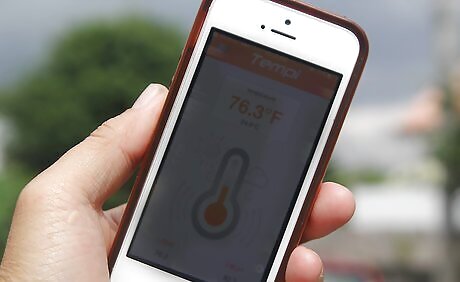
Decide when to fill the balloons. How long your balloons stay afloat can vary based on temperature, humidity and altitude. In general, foil or “Mylar” balloons stay suspended in the air between two and fourteen days, whereas latex versions stay afloat for four to sixteen hours.
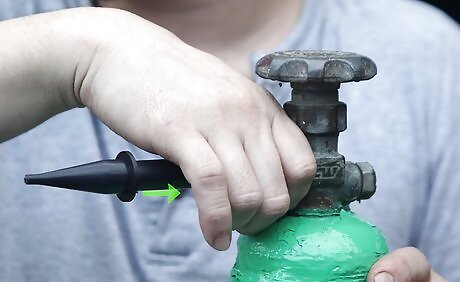
Place the balloon valve over the helium tank nozzle. Rotate the inflator onto the nozzle by turning the inflator clockwise as you face the tank. Continue to screw on the inflator until it’s tightly attached.
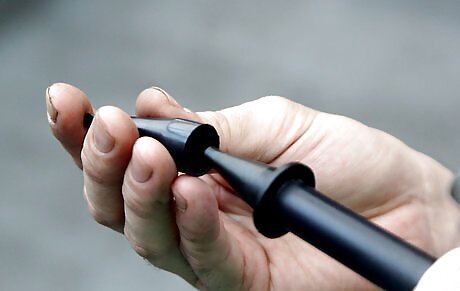
Use the correct adaptor. For latex balloons, attach the larger, cone-shaped adapter. For foil balloons, attach the smaller, screw-shaped adapter at the tip of the latex adapter. Make sure the appropriate adapter is connected to the inflator.
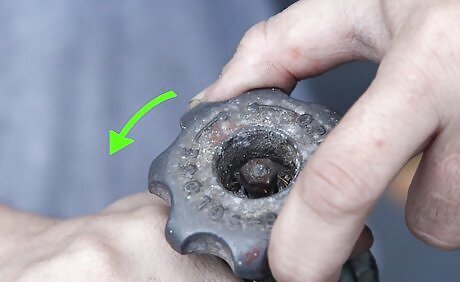
Open the release. The tank should have a release knob that looks similar to the faucet handle for a garden hose. Turn the knob counter-clockwise.
Inflating a Latex Balloon
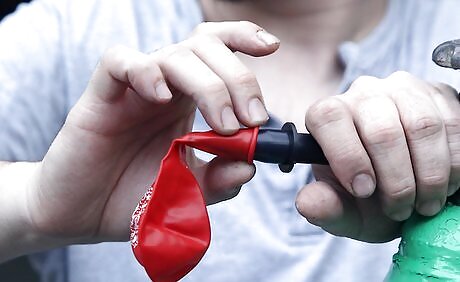
Attach the balloon to the nozzle and release the helium. Roll the mouth of the balloon a bit down on the nozzle. While holding the end of the balloon onto the nozzle with one hand, use your other hand to press down on the nozzle to release the helium. The balloon will inflate quickly, so be ready to remove it. If nothing happens when you press down on the nozzle, try activating the helium by pressing upward on the nozzle instead. Don’t overfill the balloon. Latex balloons should have a round shape when inflated. Balloons shaped like pears or light bulbs are overinflated and more likely to burst. They also use up more helium, so that you will get less filled balloons.
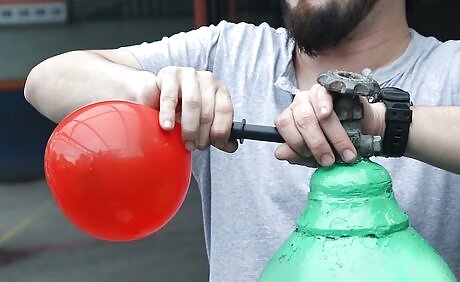
Remove the balloon. Gradually let up on the nozzle as the balloon starts to get full. Pinch the end of the balloon and slowly take it off of the valve. Tie a tight knot in the neck of the balloon.
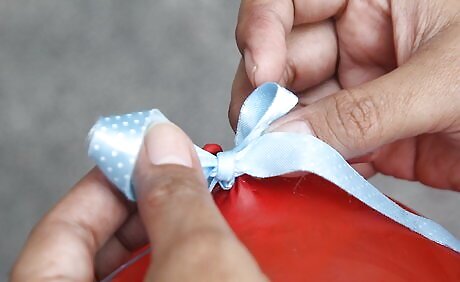
Attach ribbon, if desired. Take a piece of ribbon and place it around the neck of the balloon, above the knot. If you want to curl the shorter end of the ribbon, leave some ribbon hanging on that end. The other end should remain long. Tie a knot in the ribbon. Tying the ribbon at the neck of the balloon, instead of below the knot, will give the helium extra security from leakage so that your balloon remains afloat longer.
Blowing up a Foil Balloon
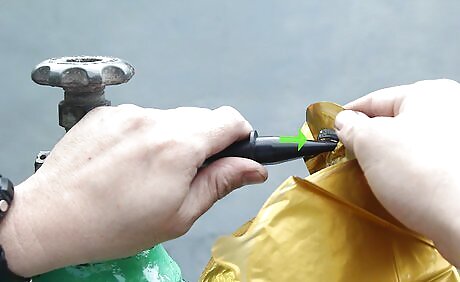
Fill the balloon through its valve. Locate the opening on the tab located at the “tail” end of the balloon. Slip the valve over the nozzle adapter until it fits tightly on. Firmly hold the balloon around the adapter and press the nozzle. The balloon is finished inflating when most of the wrinkles have disappeared. Foil balloons don’t expand, so there will be some wrinkles. They will pop if you overinflate them.

Secure the flap. Foil balloons seal automatically, so all you have to do is pinch the valve flat. Don’t tie a ribbon around the valve or neck of the balloon. This can result in air leakage.

Add a long ribbon. Make sure to put it through the tab or hole below the balloon’s valve. Make the ribbon long on one side and short on the other as you tie the knot. Afterwards, you can curl the ribbon and add a sandbag.
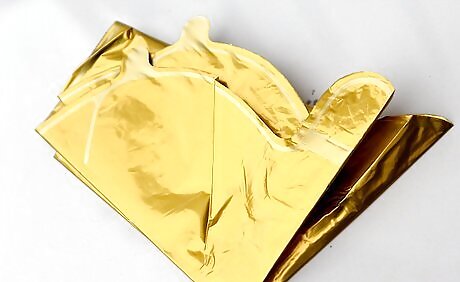
Reuse the balloons if desired. Push a long straw through the opening of the balloon. Press down carefully until all of the air has left the balloon. Fold the balloon without creasing it, and store it.
Arranging the Balloons
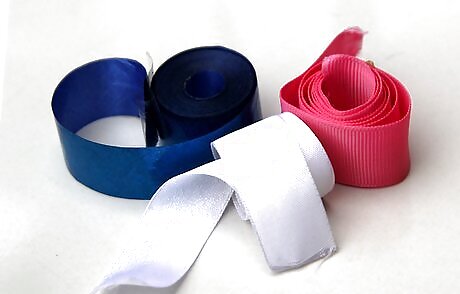
Choose a ribbon color and style. A good length for balloon ribbons is 48 to 57 inches (120 to 140 cm) per balloon. You can match the ribbon color to the balloon color, or opt for a neutral like ivory or white. Formal occasions like weddings and anniversaries generally use the latter.
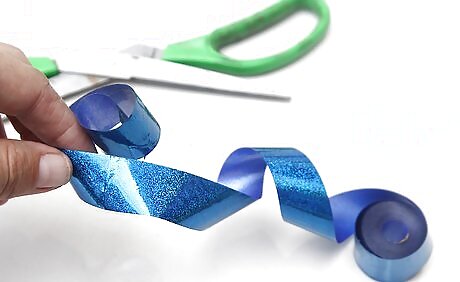
Curl ribbon with scissors, if desired. Pinch the scissor blade against the dull side of the ribbon with one hand. With the other hand, pull the length of the ribbon tautly across the scissor blade in one long stroke. Repeat if the ribbon doesn’t curl on the first attempt.

Set up the balloons individually or in bunches. Placing balloons in very large or small bunches may reduce their impact. Consider arranging balloons in bunches the size of five to eight balloons apiece. You may want to mix balloon colors, or even use bunches that contain both foil and helium balloons.
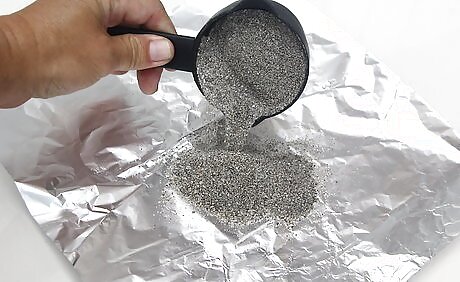
Buy or make balloon weights. Buy balloon weights at party stores or discount store retailers. To make balloon weights, pour sand onto a sheet of mylar paper and secure it with curled ribbon. For making your own balloon weights, cut sheets of metallic paper down to twelve inches by twelve inches. One cupful of sand should support up to six balloons. If you’re purchasing balloon weights at a party supply store, an employee should be able to tell you how many balloons their weights can hold. Alternately, consult a helium height and weight chart for balloons.




















Comments
0 comment